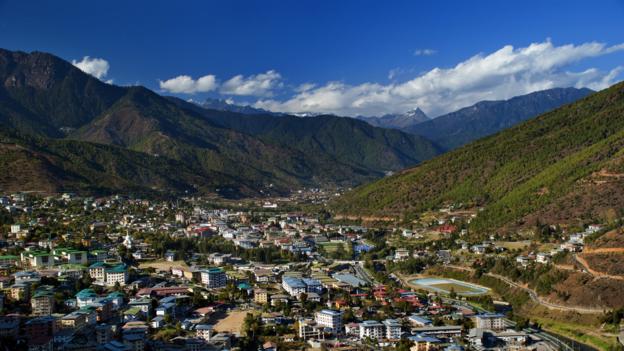THIMPHU, May 3 (Xinhua) — Amidst prediction of major seismic activity, Bhutan has began earthquake check with lots of preparations and investments put in place for disaster preparedness.
Seismologists have long warned that a large earthquake is overdue in the Himalayan region based on the Seismic Gap theory, which is the most frequently used method for long-term earthquake forecast, Dr. Karma Kuenza told Xinhua.
Office of the department of Geology and Mines (DGM) in Thimphu has also confirmed that a major seismic activity is long overdue along the fault running parallel along southern Bhutan.
The DGM said subduction of the Indian plate underneath the Eurasian plate is estimated at 20 millimeters annually.
When the plates are free flowing, he said there is no threat.
"But the plate where Bhutan sits is locked against the Indian plate," he said, meaning that stress has been accumulating for the last 300 years.
Should the plates rupture, a slip of 8 meters is anticipated.
Dr. Karma Kuenza said earthquake preparedness could give the best possible chance of minimizing the extent of the damage in the event of disaster.
What needs to be done to reduce the vulnerability to an earthquake hazard is also very well defined.
For example, efforts should be made to identify those areas that are most prone to earthquake through the generation of seismic hazard maps, so that informed decisions can be made about land-use and building codes, he told Xinhua.
Most earthquake experts would agree that the authorities should focus on making homes, schools and dams as resistant as possible especially in the view of prevailing long-term forecast.
He said to set up seismic stations, enforce stricter building codes and make disaster preparedness plans would cost huge, but preparing for a future earthquake is wiser decision than cleaning up after earthquake.





